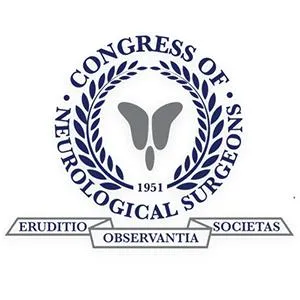Motion Preservation
Lumbar Disc Replacement
Preserving Motion in the Lower Back While Relieving Pain
Lumbar disc replacement, also called lumbar disc arthroplasty, is a motion-preserving alternative to spinal fusion. In this procedure, a damaged or degenerated disc in the lower back is replaced with an artificial disc implant that restores height and maintains flexibility. At Desert Spine and Pain, neurosurgeon Dr. David L. Greenwald, M.D., FAANS, FACS offers lumbar disc replacement for carefully selected patients who want relief from back and leg pain without sacrificing spinal motion.

Over 100 5-Star Reviews!

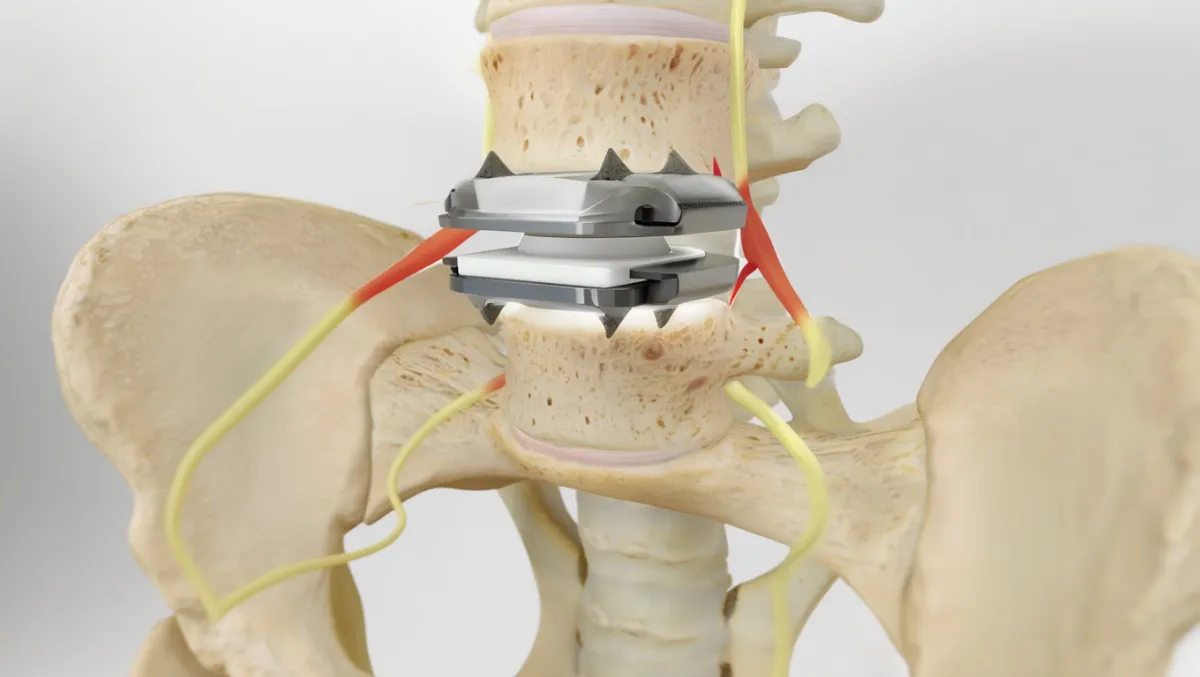
What Is Lumbar Disc Replacement?
In simple terms: The damaged disc in the lower back is removed and replaced with an artificial disc, which relieves pressure on nerves and maintains motion.
Scientifically: Lumbar disc arthroplasty involves anterior retroperitoneal exposure, complete discectomy, endplate preparation, and implantation of a prosthesis engineered to replicate lumbar biomechanics while preserving sagittal and coronal motion.
Conditions Treated
Degenerative disc disease at a single lumbar level
Chronic low back pain unresponsive to conservative treatments
Radiculopathy caused by disc degeneration
Disc collapse with loss of height but without instability
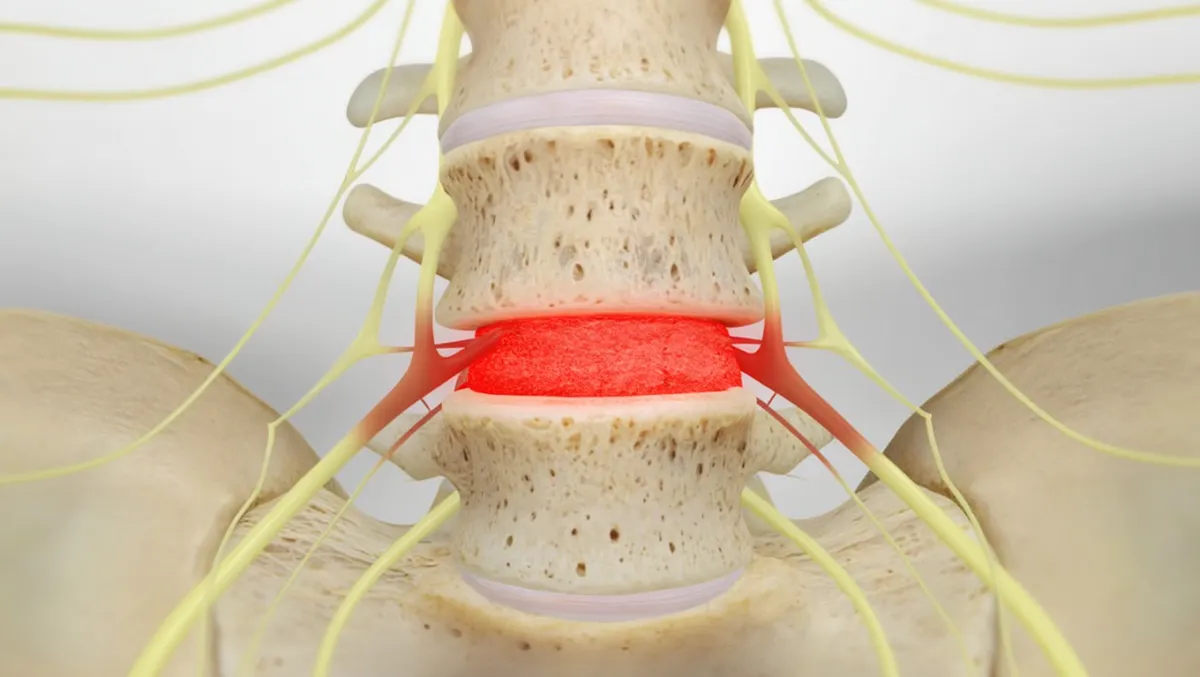
Who Is a Candidate?
Good candidates:
Younger, active patients (typically under age 60)
Single-level disc disease (usually L4–L5 or L5–S1)
No severe arthritis or instability
Healthy bone quality (no osteoporosis)
Not candidates if:
Multi-level degeneration or instability requiring fusion
Severe facet arthritis or deformity
Prior fusion at adjacent levels
Significant spondylolisthesis
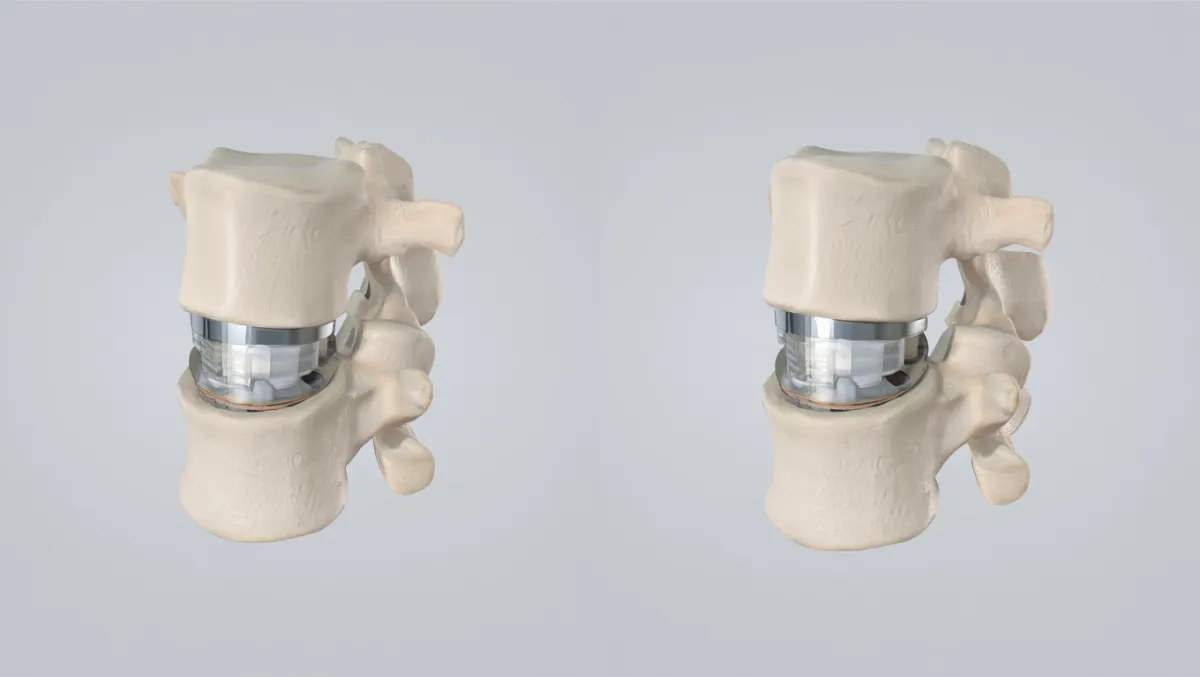
The Lumbar Disc Replacement Procedure: Step by Step
Plain-English Overview
Anesthesia & positioning: You’re asleep under general anesthesia, lying on your back.
Incision: A small incision is made in the abdomen.
Disc removal: The diseased disc is removed completely.
Nerve decompression: Nerve roots and spinal canal freed from compression.
Artificial disc placement: A motion-preserving prosthesis is implanted between vertebrae.
Closure: Incision closed; patients often go home in 1–2 days.
Surgeon-Level Detail
Approach: Anterior retroperitoneal exposure by spine surgeon with vascular access assistance.
Discectomy: Annulotomy and full nucleus/annulus removal; PLL resected if compressive.
Endplate preparation: Meticulous milling of endplates to match prosthesis; preserve cortical bone to prevent subsidence.
Implantation: Artificial disc inserted under fluoroscopy; restores disc height and lordosis.
Closure: Hemostasis secured; layered closure; drain rarely used.
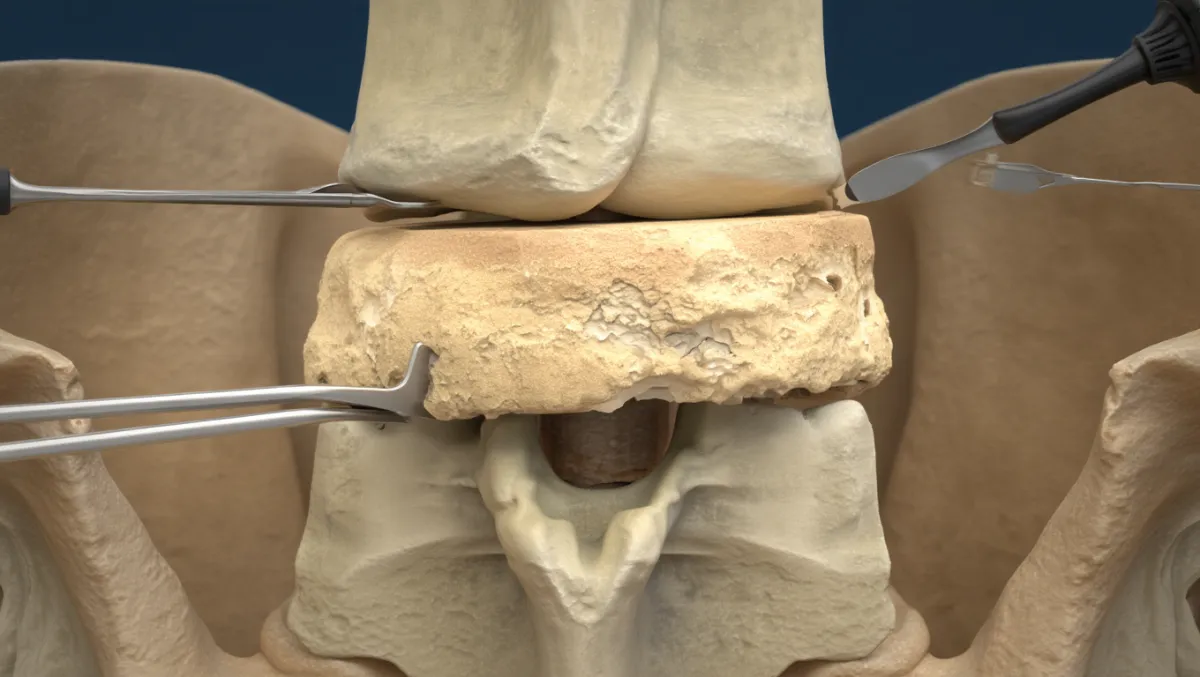
Benefits of Lumbar Disc Replacement
Maintains natural motion at treated level
Reduces risk of adjacent segment disease compared to fusion
Reliable relief of back and leg pain in properly selected patients
Shorter recovery compared to lumbar fusion
Preserves flexibility and function for active patients
Risks & Limitations
Vascular or abdominal organ injury (due to anterior approach)
Implant migration, loosening, or wear (rare with modern designs)
Persistent back pain if pain source is not solely discogenic
Not suitable for patients with severe arthritis or multi-level disease
Long-term durability under study (20+ year results emerging)
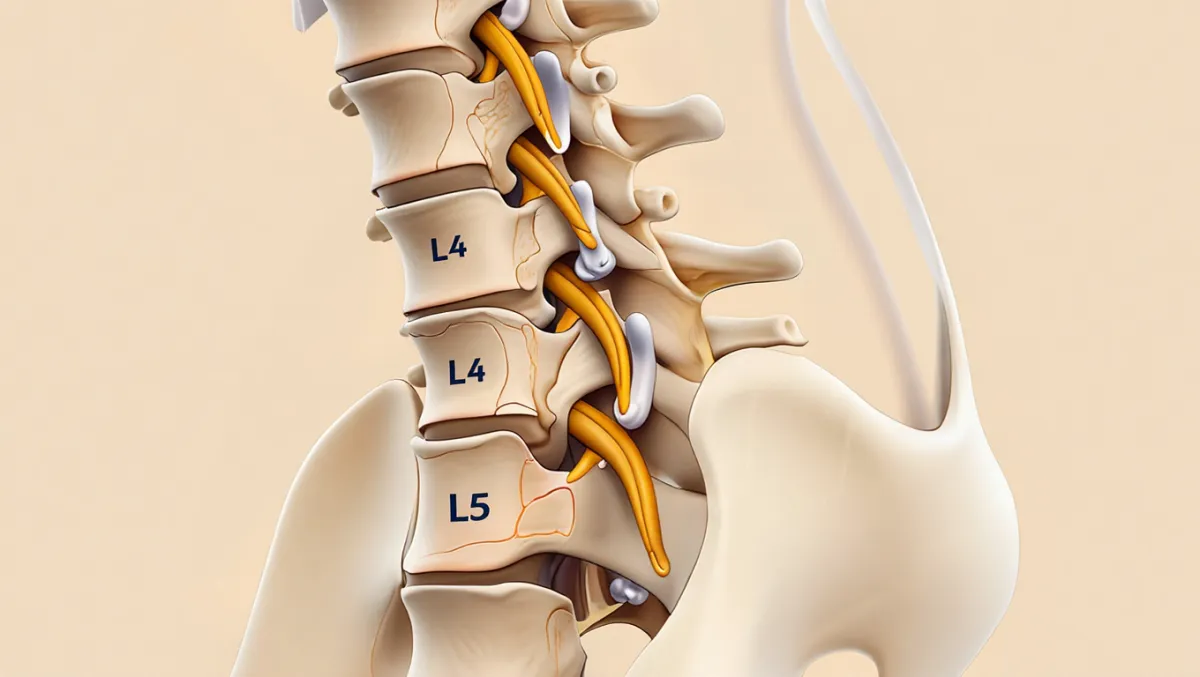
Recovery Timeline
Hospital stay: 1–2 days
Weeks 1–2: Walking encouraged; light activity resumed quickly
Weeks 2–6: Desk work possible; no heavy lifting or twisting
6–12 weeks: Begin structured physical therapy; flexibility and strength restored
3–6 months: Resume most activities, including light sports
6–12 months: Confirm long-term stability with imaging; unrestricted activity for most patients
Why Choose Desert Spine and Pain?
Expert neurosurgeon: Dr. Greenwald has advanced training in both fusion and motion-preserving disc replacement
MIS philosophy: Smaller incisions, faster recovery whenever possible
Personalized care: Careful patient selection ensures best results
Comprehensive approach: We provide both fusion and disc replacement options, always tailored to the patient
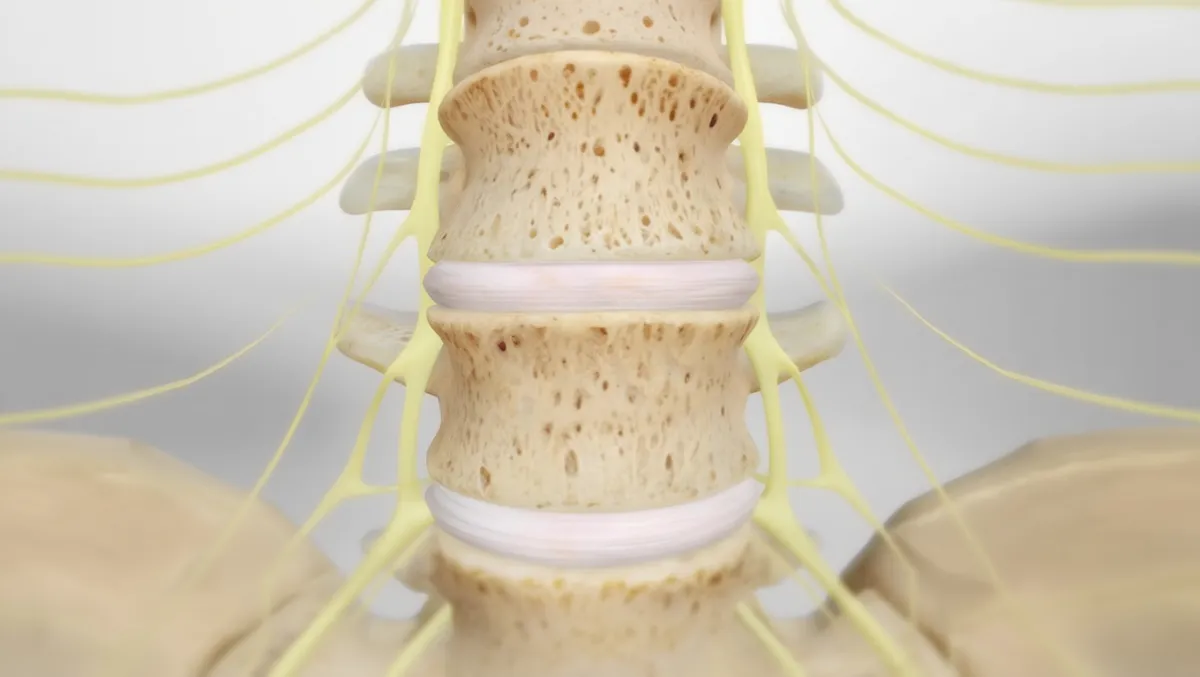
Frequently Asked Questions
How is lumbar disc replacement different from fusion?
Fusion locks vertebrae together, eliminating motion. Disc replacement relieves pain while keeping movement intact.
Who is the best candidate?
Younger, active patients with single-level disc disease and no instability are ideal.
How long do artificial discs last?
Most are designed for 10–20+ years. Studies show strong durability, though long-term data is still developing.
Is lumbar disc replacement safe?
Yes, when performed by an experienced neurosurgeon. Risks are mostly related to the anterior approach, which is done carefully with vascular assistance.
How does Desert Spine and Pain approach this surgery differently?
We combine neurosurgical precision, advanced implants, and minimally invasive exposures to maximize motion preservation and minimize recovery time.




Dr. David L. Greenwald, MD
Neuro-Spine Surgeon
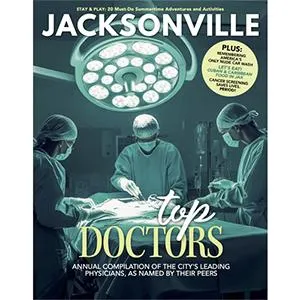
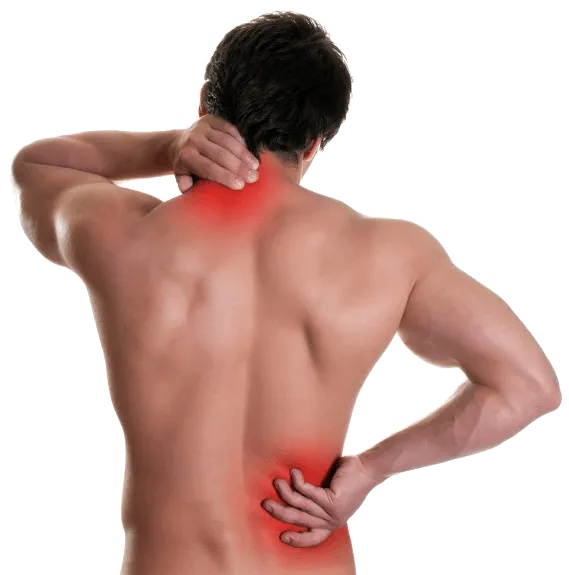
Call Now!
Desert Spine and Pain
A Spine Specialist is standing by.
Relief is just a phone call away!
Available Around the Clock.
Phone: (602) 566-9500
Email: [email protected]
Contact Us

Book a Consultation.
If you’re suffering from chronic lower back pain due to a damaged or degenerated lumbar disc, Lumbar Disc Replacement may be the ideal solution. Dr. Greenwald and his caring team will assess your condition, review imaging, and determine whether you’re a candidate for this motion-preserving procedure. Every step you take toward expert spine care brings you closer to comfort, flexibility, and a stronger, healthier back. Schedule your consultation today and learn how Dr. Greenwald’s expertise in Lumbar Disc Replacement can help you return to an active, pain-free life.
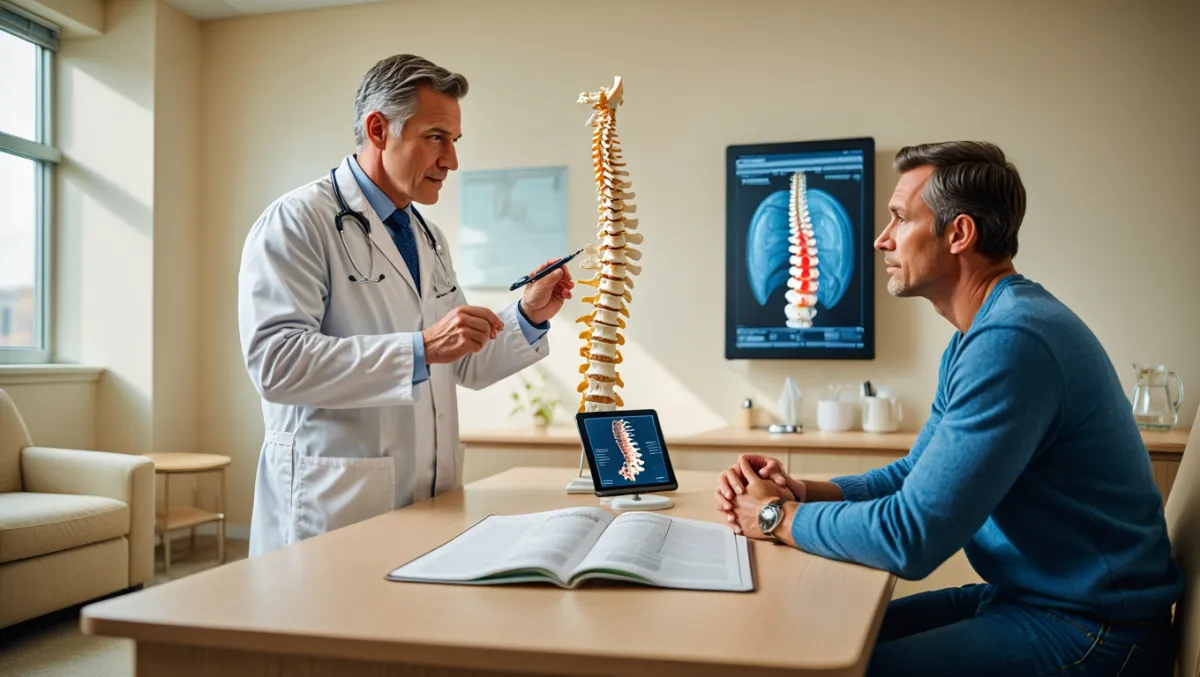
Voted Best Spine Doctor
Over 30 Years Experience in Orthopedic & Neuro Spine Surgeries.

Dr. David L. Greenwald, M.D., F.A.C.S.
Neurosurgeon | Spine Surgeon | Regenerative Medicine
Dr. David L. Greenwald, MD, FACS, is a board-certified spine surgeon with advanced expertise in Lumbar Disc Replacement, an innovative motion-preserving alternative to spinal fusion for patients with degenerative disc disease or chronic lower back pain. This procedure involves replacing a damaged spinal disc with an artificial disc designed to mimic the function of a healthy one—maintaining natural motion, alignment, and flexibility. Using a minimally invasive anterior approach, Dr. Greenwald reduces muscle disruption and speeds recovery while achieving precise placement for long-term success. His expertise and patient-centered care have helped individuals throughout South Florida experience significant pain relief, restored mobility, and improved spinal health through advanced disc replacement techniques.
Book your Spine Care Consultation Today!


Desert Spine and Pain
Patient Centered & Partner Focused
Quick Links
Resources
Connect With Us
© Desert Spine and Pain. 2025. All Rights Reserved. Sitemap









